With its proximity to Cagayan de Oro, my homebase of 10 years, you’d have thought I would‘ve found my way to Camiguin sooner, and yet I hadn’t. I’d heard of the island’s white sand bar and its volcanoes and didn’t think they were enough of an enticement. It took a bout of depression to finally goad me to take one of the closest retreats from town.
With just a smidgen of preparation, I decided to undertake some measured form of dereliction of duty, absconding from half of my adult responsibilities and taking the other half (my kids) with me. So I set off across the sea, hoping to find some form of rejuvenating escape. My first glimpse of the island assured me that I had. I must say, the photos I hurriedly skimmed online along the way, do not do it justice.
Jump Directly to a Section Below
I. An Abundance of Natural Wealth
II. A Little of Everything Else
III. The Verdict – Is Camiguin Worth It?
IV. How to Get to Camiguin Island
>> Direct Flight to Camiguin from Manila
>> Boat or Plane Ride to Cagayan de Oro from Manila or Cebu
>> Direct Shuttle Van from Cagayan de Oro
V. Five Tips to Make the Most Out of Your Camiguin Trip
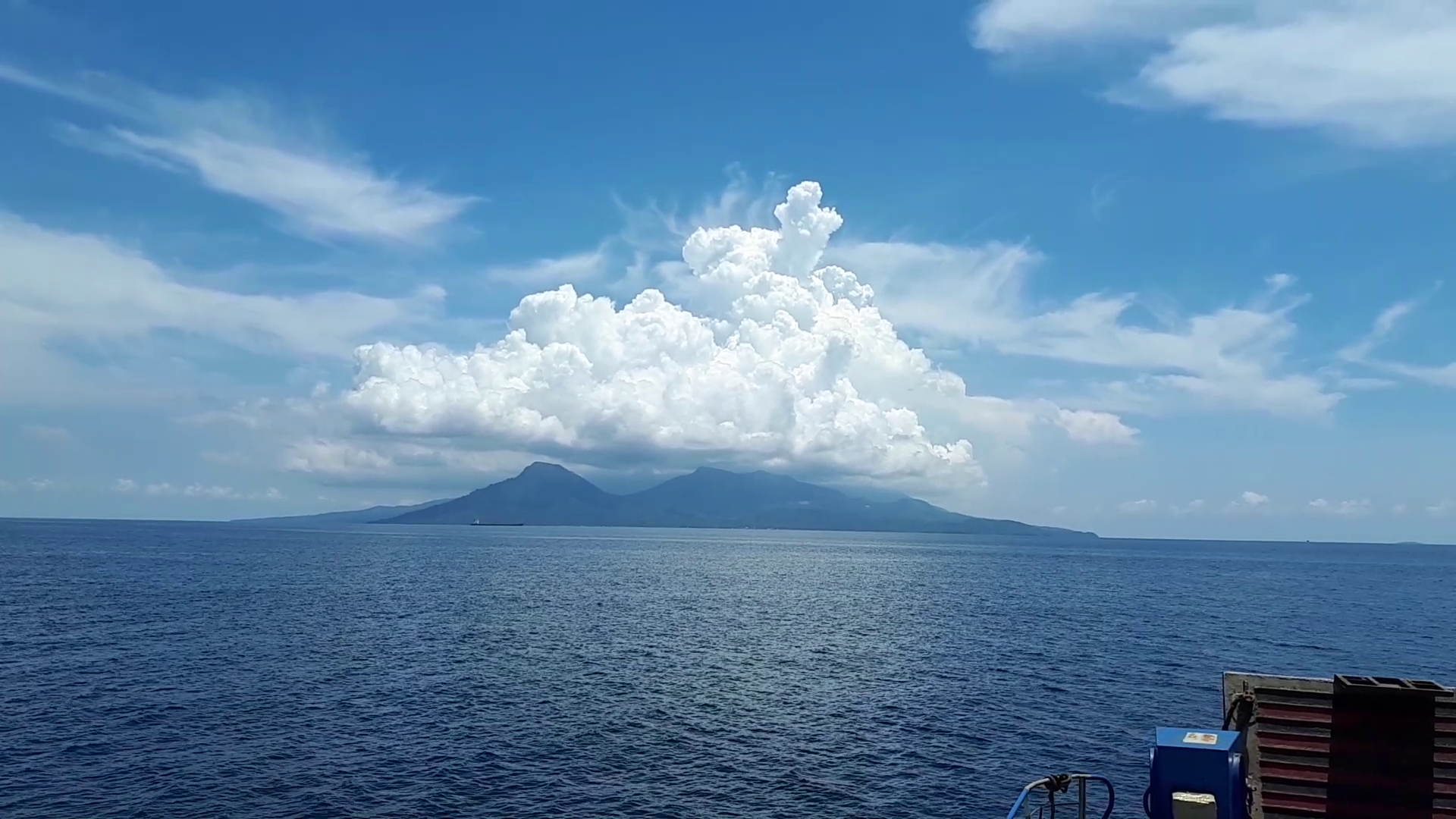
For a moment, I was convinced I had skipped into some mystical portal, inexorably drawn towards the seemingly living, breathing majesty of cloud-capped volcanoes. So potent was their allure, I was certain that the generous spread of cobalt blue waters and sky blue heavens were only beautiful by virtue of their association with them.
I was dumbfounded, awestruck, speechless and regretful… that I had not come sooner to marvel at this beauty.
An Abundance of Natural Wealth
Those who have been to Camiguin may deem my panegyric excessive, but you must understand, for nature lovers who are daily compelled to run the rat race of modern life, discovering a vibrant oasis virtually in one’s back (or front) yard is a cause for exuberance. Indeed, if there’s anything Camiguin is abundant in, it is in natural wonders rooted in and crowned by its majestic volcanoes.
Without access to a Phivolcs expert or to scientific research, I can’t quite sort out how many volcanoes there really are. Some locals say there are seven, but I’ve found at least one reference that says four. My totally unscientific interpretation is that there are four stratovolcanoes, Mt. Hibok Hibok, Mt. Timpoong, Mt. Uhay/Butay and Mt. Guinsiliban. The three other commonly cited peaks, Mt. Vulcan, Mt. Tres Marias and Mt. Mambajao, are flank domes. Update 20/01/20: I may have found the answer. According to Angelo Abang, Officer-In-Charge of the Hibok-Hibok Volcano Observatory, there are fourteen volcanoes, but only five are prominent, the rest are domes.[1]
The movie they put on in the barge wasn’t very reassuring, Pompeii — you know, the ancient Roman city that got annihilated by the eruption of Mt. Vesuvius. Either the barge’s crew had a sick sense of humor or it was a forewarning: Don’t go to the island with seven volcanoes!
Vulcan’s View From the Top
Regardless of the number of fire-spewing holes there are in Camiguin, one thing is certain, it must have had a violent prehistoric origin story, hence its dramatic nickname, The Island Born of Fire. But then, it is this same natural upheaval we have to credit for its natural attractions.
I wanted to climb one of the domes. With very limited time, our only option was the easiest, Mt. Vulcan (also spelled ‘Mt. Volcan’ in a historical marker and in some establishments), with its partially paved walkway and defined paths. Despite being the obvious choice for beginners, the climb still gave my lungs a reasonable squeeze and opened some dormant sweat glands.
Like the barge crew, Vulcan’s minders had a funny streak, playing Air Supply songs over a loudspeaker, all the while we fastfood-fed experts in inactivity felt we were running out of air supply on the hike up. But by the time Russell Hitchcock screamed “All Out of Love” to oblivion, I knew it was well worth the struggle. At the midway point was a small ledge overlooking lush greenery kissing the sea, teasing more hidden wonders to come.
Water Everywhere – Springs, Waterfalls, Beaches
True enough, if you knew where to look, you’ll find sitting right next to Camiguin’s domes are a slew of hot springs, cold springs and waterfalls. I could only really sample a few. A dip into either Ardent or Sto. Nino springs will leave a smooth sheen on the skin. Being the nature enthusiast that I am though, I preferred the rawer, less human infringed experience of wallowing in the cool waters of Tuasan Falls, a cool, crisp pocket of paradise seemingly perfectly carved out by the Creator’s divine spoon. For next time, I’m setting my sights on Katibawasan Falls, Binangawan Falls and Bura Soda Spring.
Fancy a dip in warm sea water, or a stroll across a white sand beach instead? There’s that too, with the White Island sand bar or Mantigue Island, just a few minutes boat ride away from mainland Camiguin. Taking the last trip to either one of these islands is recommended. The late afternoon presents a few extra treats — a glimpse in the waning light of a softer, calming silhouette of Camiguin’s peaks, and the solar disc dipping over the horizon with a promise of more delightful excursions on the morrow.
A Little of Everything Else
The reason why visitors can experience a lot in a short span of time in Camiguin is it’s size. It is the second smallest province in the Philippines, and points of interest, from volcanic springs to cultural and historical sites, are just a few minutes apart.
Culture and History
While I find it nearly impossible to turn away from the island’s innate beauty, there is more to see and marvel at. A brief respite from the rejuvenating embrace of the greenery and waters will be more than sufficient time to turn an eye towards the remnants of history.
A trip to the Guiob Church Ruins, Sunken Cemetery or the Old Watch Tower will leave you reflective over the power of nature to demolish, diminish and bury the trappings of human empires, in this case, the Spanish conquerors. The 1871 volcanic eruption left a sliver of Spain’s power — the crumbled church walls, a cemetery cross, enough to tell a story to draw the curious.
A Sprinkling of Micro Cultures and Histories
Other than these popularly known landmarks, there are small pockets of culture and rich micro histories peppered across the island. A casual drive around Mambajao or Catarman will bring you within an arm’s length of intact colonial ancestral houses, century old specimens from a bygone era of Filipino family life.
There are reasons behind my fondness for these old structures, chief among them is their quality of being genuine representatives of Philippine culture. A reading of Zialcita and Tinio’s Philippine Ancestral Houses will reveal that our colonial houses are not conceptual imports wholly from Europe, but are instead the products of the Filipino cultural, situational and environmental influence far closer to home than the Iberian peninsula. But these are points to mull over for a different article. For non-academics, Camiguin’s ancestral homes do not pose a thesis, they are simply resplendent grand dames to be celebrated and admired.
The Verdict – Is Camiguin Worth It?
To answer this question, we must first compare and contrast experiences. What struck me most about Camiguin is how different it is from Bantayan Island. I would equate Bantayan with a quaint, elegant beauty, whose soft, supple arms invite you to snooze away endless summer days. Camiguin is the dark, daring sister, equally beautiful but decidedly fiercer.
So is Camiguin worth the trip? Absolutely, but only if you seek to revel in its wild beauty. This rugged island gem of fire is where nature has the power to urge receptive spirits to live.
Ready to take the leap? Find out how below.
How to Get to Camiguin Island
There are three ways to get to Camiguin Island depending on where your point of origin is or your preferred vehicle.
A. Direct Flight to Camiguin from Manila
1. If you’re jumping-off point is Manila, there are daily 80-minute flights direct to Camiguin. You can check schedules and seat availability at Skyjet’s website.
2. If you don’t have airport transfer arrangements with a resort or hired transportation, you can look for a motorela or multicab outside the airport to take you to where you’re staying.
B. Boat or Plane Ride to Cagayan de Oro from Manila or Cebu
1. The second way to get to Camiguin, whether you’re starting from Manila or Cebu, is to find your way by boat or plane to Cagayan de Oro (CDO).
2. A boat ride from Manila to CDO can cost around Php 2,000 to Php 3,000 and can take up to 2 days or more. Check schedules here. Be forewarned, departure times aren’t always on time.
3. An overnight boat ride from Cebu to Cagayan de Oro can cost around Php 900 to Php 1500. Scan Trans Asia boat schedules here.
4. If you’re taking a plane (search flights here), you’ll land in Laguindingan, Misamis Oriental. Take a van to downtown CDO. Travel time is around 45 minutes to 1 hour. It might be easiest for you to disembark in one of the CDO malls, Centrio, Limketkai or SM Downtown.
5. From the mall or the pier (if arriving in CDO by boat), take a taxi to Agora Bus Terminal in Lapasan.
6. In Agora, take a bus to Balingoan for around Php 150-200. Travel time give or take is 3 hours.
7. At Balingoan, take a ferry to Benoni Port in Camiguin. Prepare roughly Php 250 for the fare and port fees.
8. At Benoni port, you can look for a multicab, motorela or motorcycle to take you to your accommodation.
C. Direct Shuttle Van from Cagayan de Oro
1. If you’re starting off from Cagayan de Oro, one alternative to taking the bus is to ride a van instead. Visit RR Trucking and Tours Services via their Facebook page here for trip schedules. Send a text message to their mobile phone number to reserve a slot on your chosen date and time.
2. On the day of your van trip, proceed to the Gaisano Mall parking lot. The mall itself is across the Ayala Centrio Mall.
3. The RR van will take you directly to Balingoan and will board the ferry with you. You can then ride the same van upon arrival in Camiguin and it’ll take you to wherever you’re staying in the island. This complete service will cost you upwards of Php 600.
Obviously, I’ve only really tried one way to get to Camiguin which is through the RR van. I do feel fortunate though that a friend gave me the tip to opt for it over the bus. More on this below.
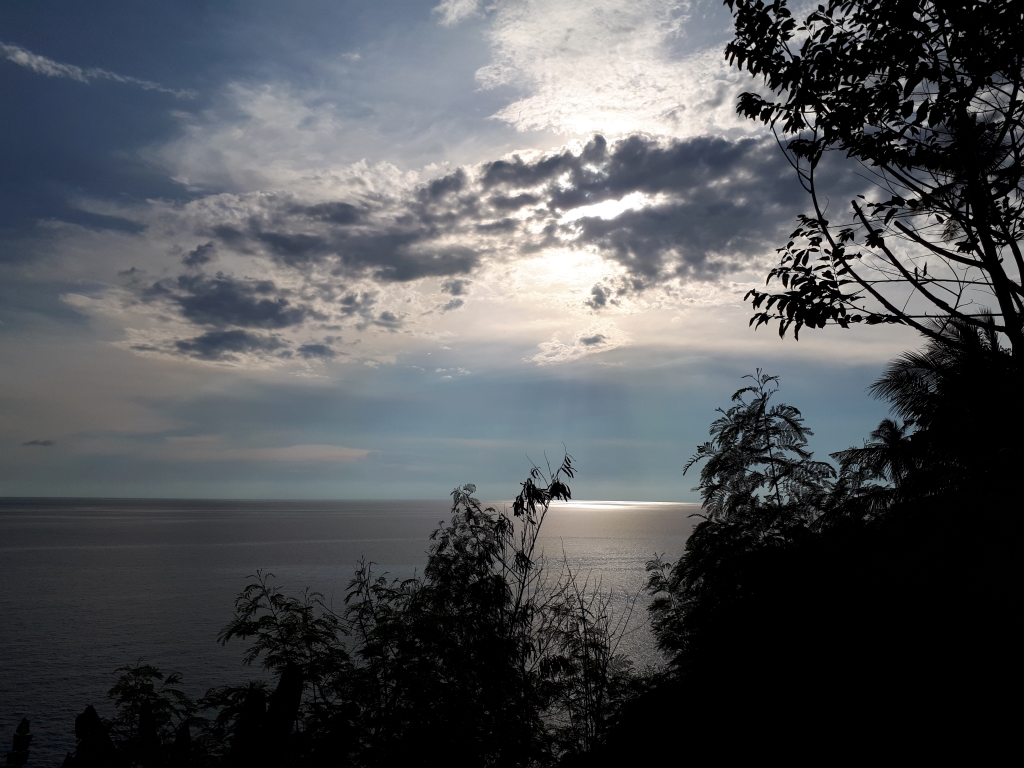
Five Tips to Make the Most Out of Your Camiguin Trip
Even with very limited time, there is a lot for you to see and experience in Camiguin. You can’t just expect everything to be ready for your arrival though. To make the most out of your island trip, you need to keep these solid tips in mind.
1 – Book way in advance during the peak season.
I didn’t, which is why I learned the hard way that accommodations can get pretty packed in the summer months of April and May. Look for options with great reviews and scout possible locations in Google Maps two months before your trip and make reservations.
One common point of consideration in reviews online is whether to book close to the sea or close to the greenery. In my opinion, IF you plan to be out and about all day, it doesn’t matter. Camiguin is so small, you can get to land or water in a matter of minutes.
2 – Get a guide and/or hire a vehicle.
Hiring a vehicle driven by a local is as good as getting a guide. The locals pretty much know where to take you, but it’d be even better to give your vehicle driver your wishlist of things you want to see and he can help figure out how to split your hours.
Ask your resort customer service staff if they’re able to recommend a service. Ours recommended Lehmann Gabuya who in turn recommended a driver and vehicle for us.
There are closed vans for rent, but I prefer the open multicab because opportunities to enjoy fresh air and stunning views comes once in a lifetime.
3 – Research and set your expectations.
I know I didn’t do in depth research prior to this trip, but being Filipino and well traveled around the country, I sort of had an idea what to expect. 😉 But if you absolutely have zero experience traveling around the Philippines, it pays to read online accounts.
If I haven’t made it obvious enough from my vivid outpouring in the first part of this piece, Camiguin is not a luxury destination, and there are no five star accommodations. Once you understand and accept that, you’ll be better able to deal with the rough patches in your trip.
4 – Pack a lot of patience and expect the unexpected.
Although I did expect to rough it out a lot, there was still one shocking snag that nearly drained my carefully stocked store of patience, which is why you should probably pack a lot more patience than I did.
On the way to Camiguin, we took an early morning trip, but on our way back to Cagayan de Oro, we took the RR van scheduled later in the morning. To our dismay, we ended up sitting in a cramped van for close to three hours, while we waited for an extremely delayed ferry. Despite ending up with distressed joints, I feel we had it easy compared to the long line of tourists stuck in a line outside under the blazing heat of the sun.
Boarding was an even more unexpected rumble with a horde of tired travelers descending in anger upon one young, wholly overwhelmed ticket collector. Interestingly, one foreign tourist behind me mentioned having once been able to sneak in undetected without presenting tickets, which is what many of us ended up doing that day.
In short, the worst part of the trip was probably the port experience, and if you’re heading to the island during the peak season, you may have to go through some similar degree of stress too. Perhaps it might be worth asking RR’s drivers if taking the earliest trip to and out of the island is the best option.
5 – Set a wider budget margin.
Don’t expect to just have to pay for accommodations and transportation. Most locations in the island have entrance fees and table rental fees, nothing shockingly expensive though. Depending on where you’re going, fees can range anywhere from Php 10 to Php 50. If you plan to hop from one spot to another, expect all these little fees to add up.
If you’ve read through this entire piece, congratulations! You’re reading comprehension, focus and more importantly, your patience have been pre tested. If you’ve made it this far, you’ll have the endurance to get through that port to one stunningly beautiful paradise.
Reference:
1. Updated 20/01/20: “Kapuso Mo, Jessica Soho: Pilipinas: Bayan ng mga Bulkan,” YouTube video, 10:37, “GMA Public Affairs,” January 20, 2020, https://www.youtube.com/watch?v=ACAiCsGcJ34.
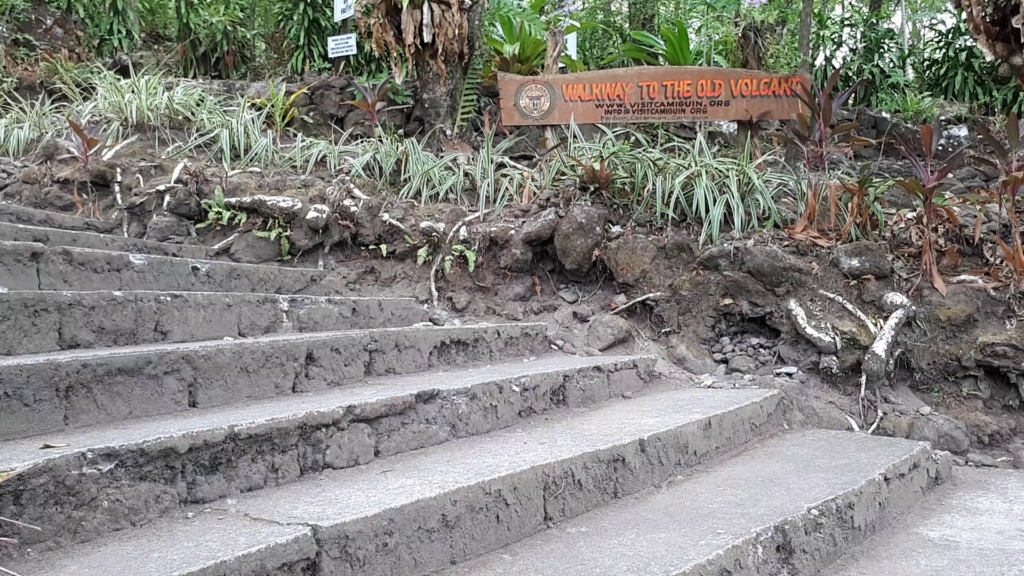

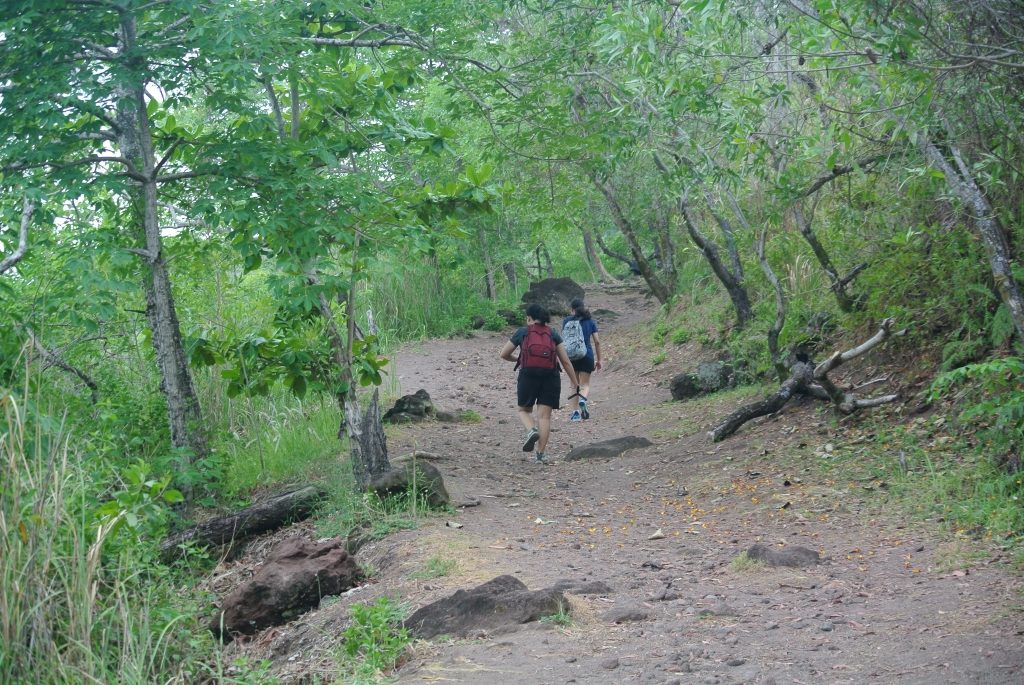
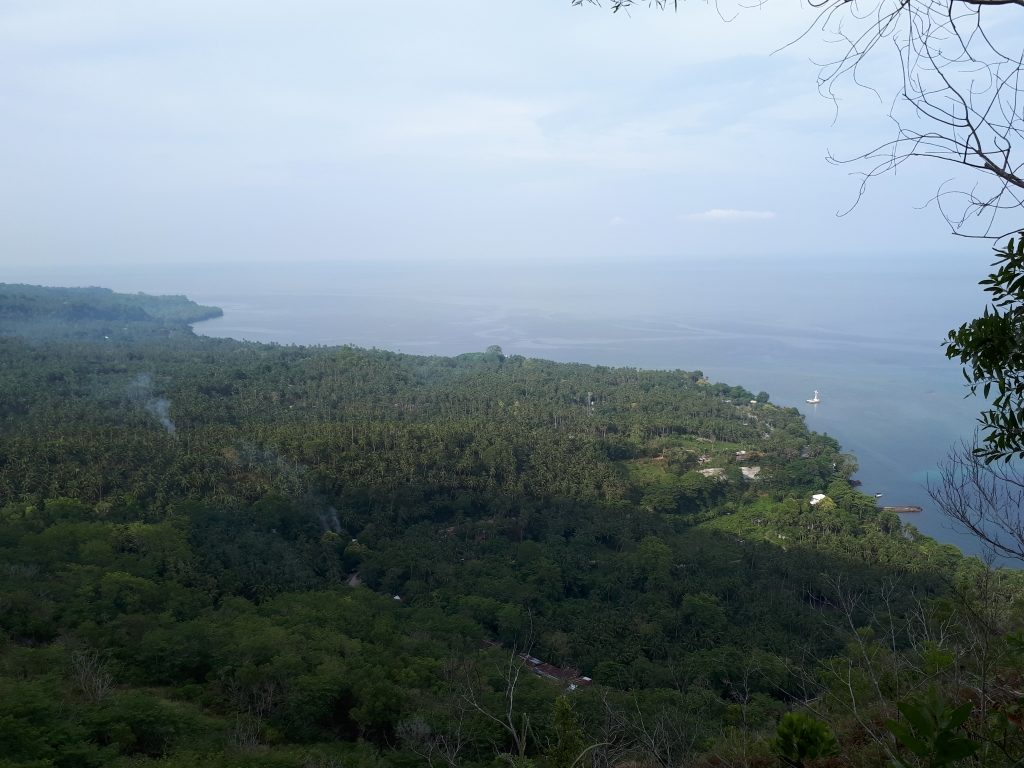
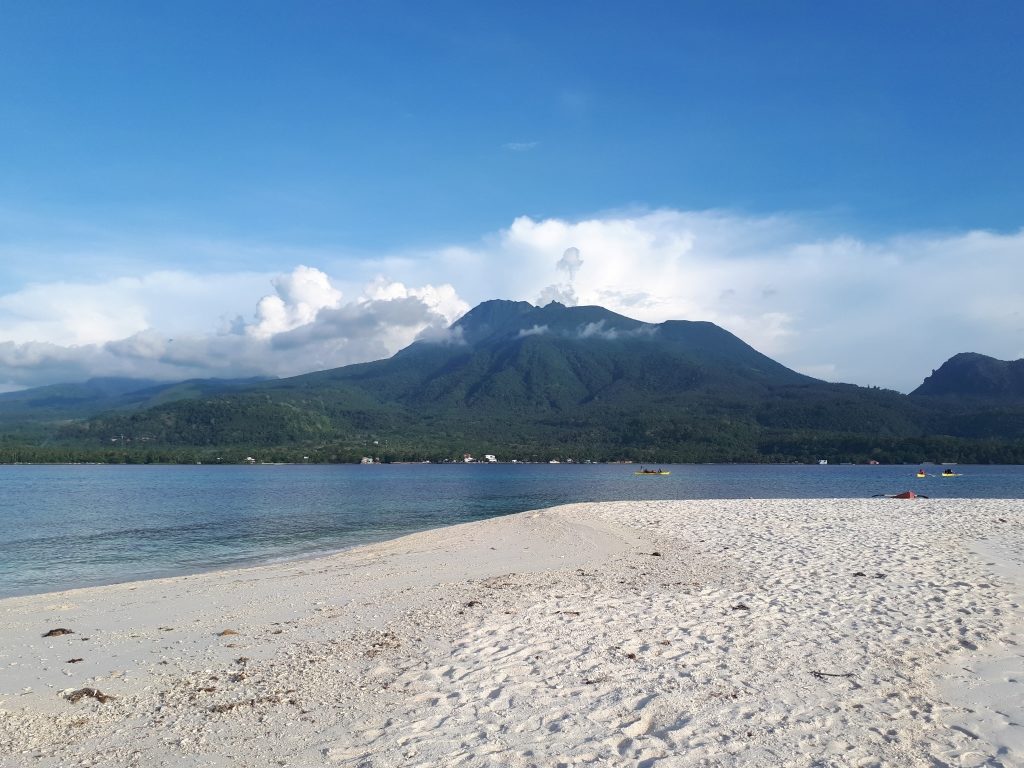
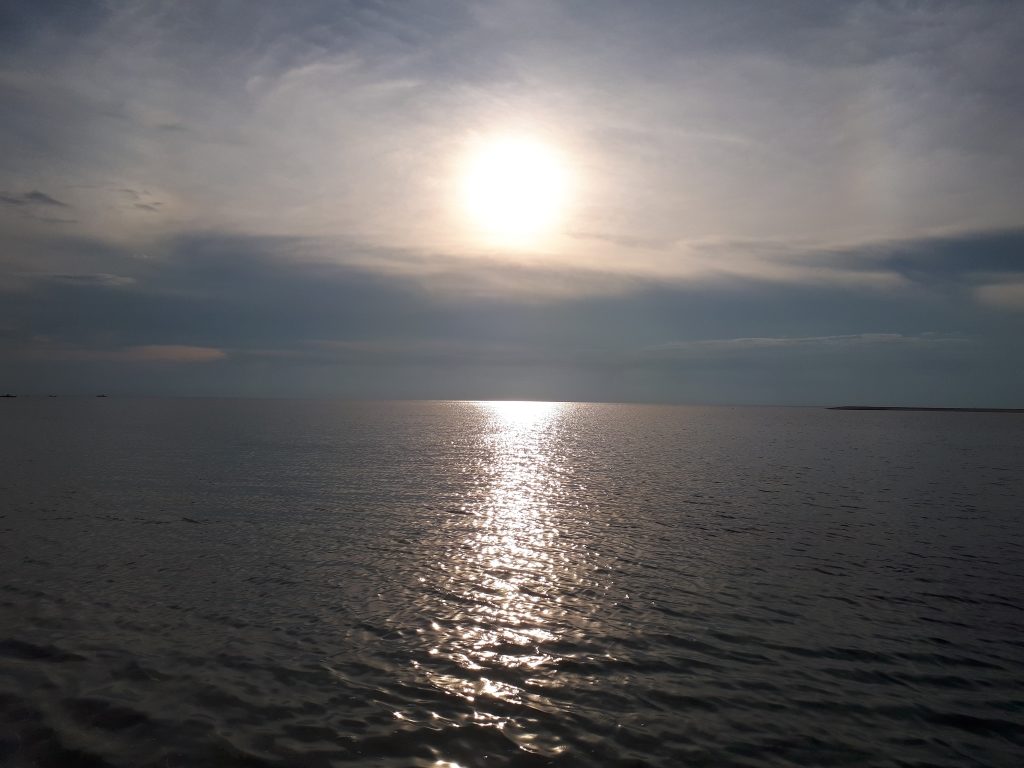
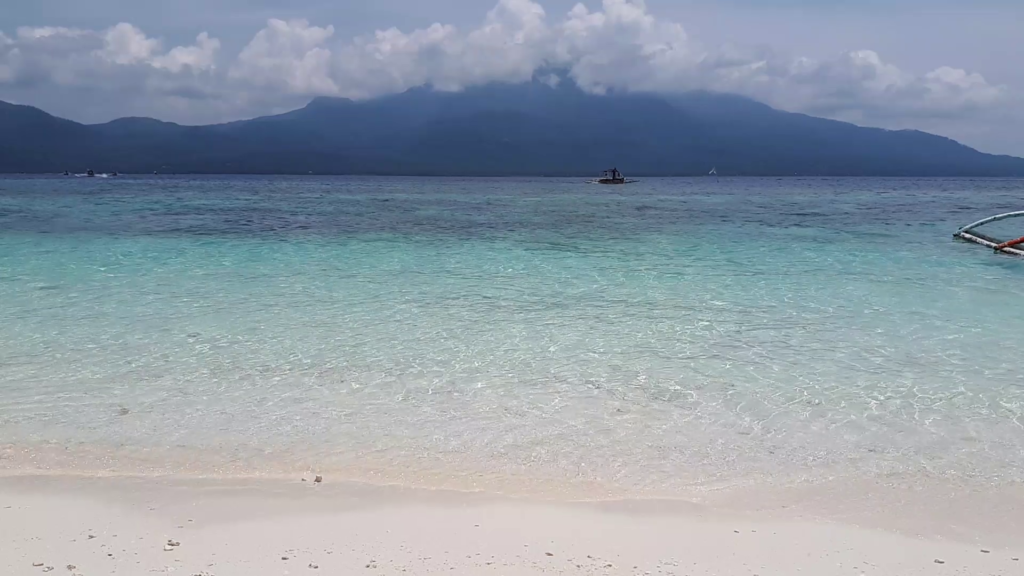
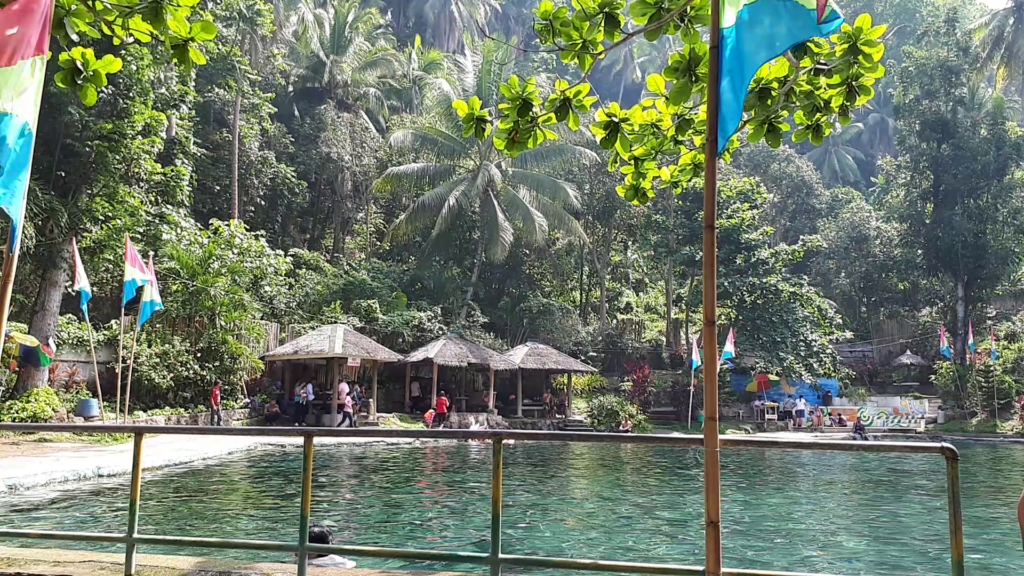
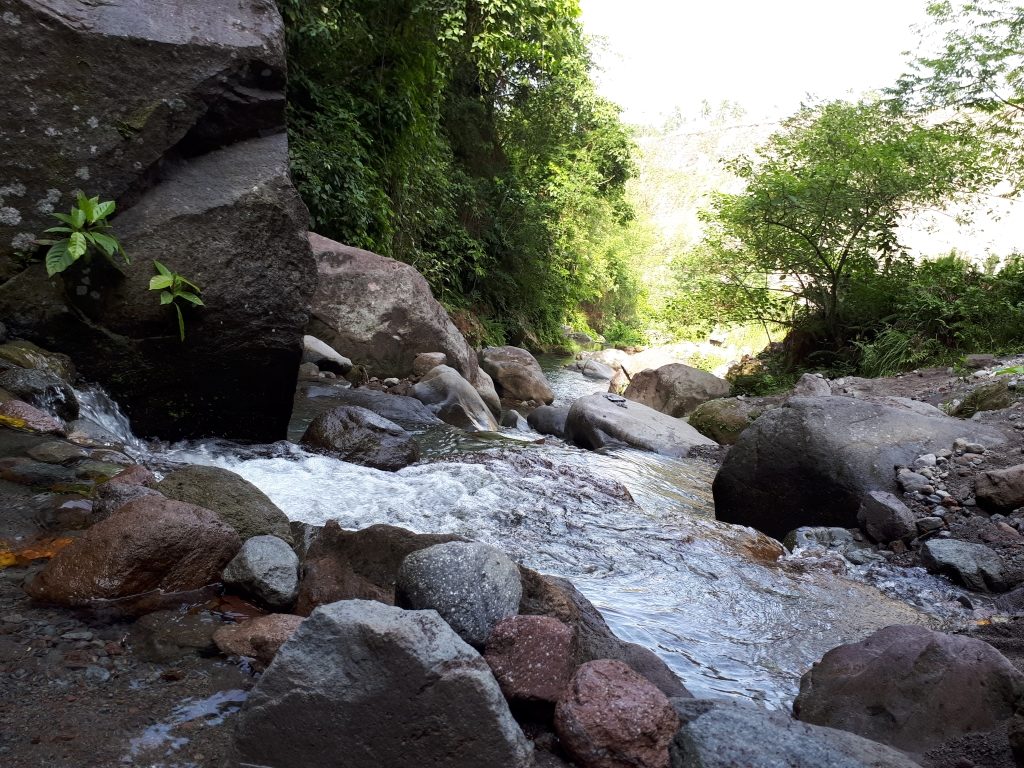
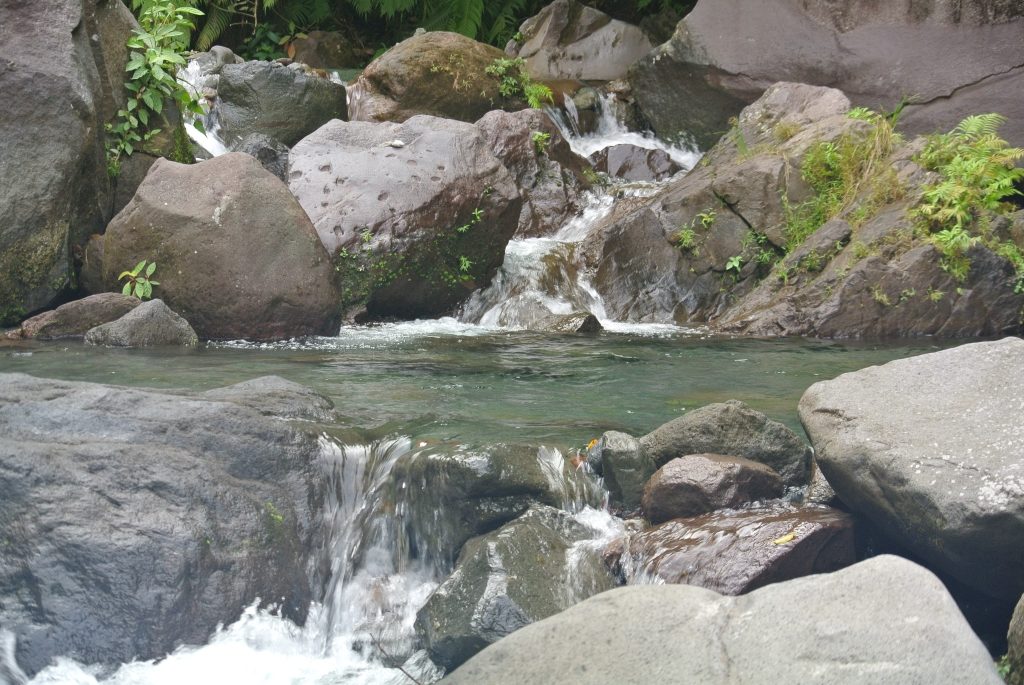
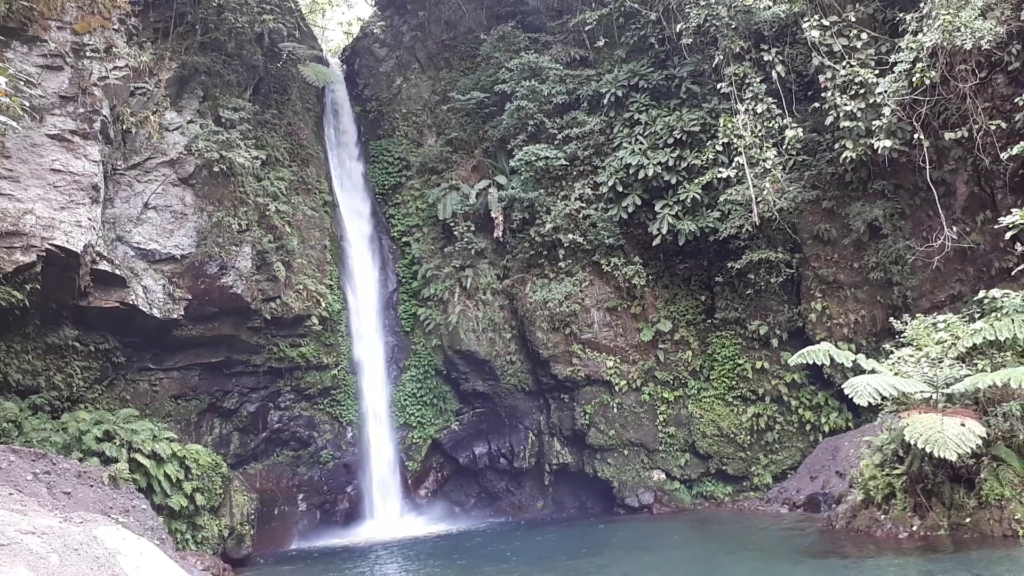

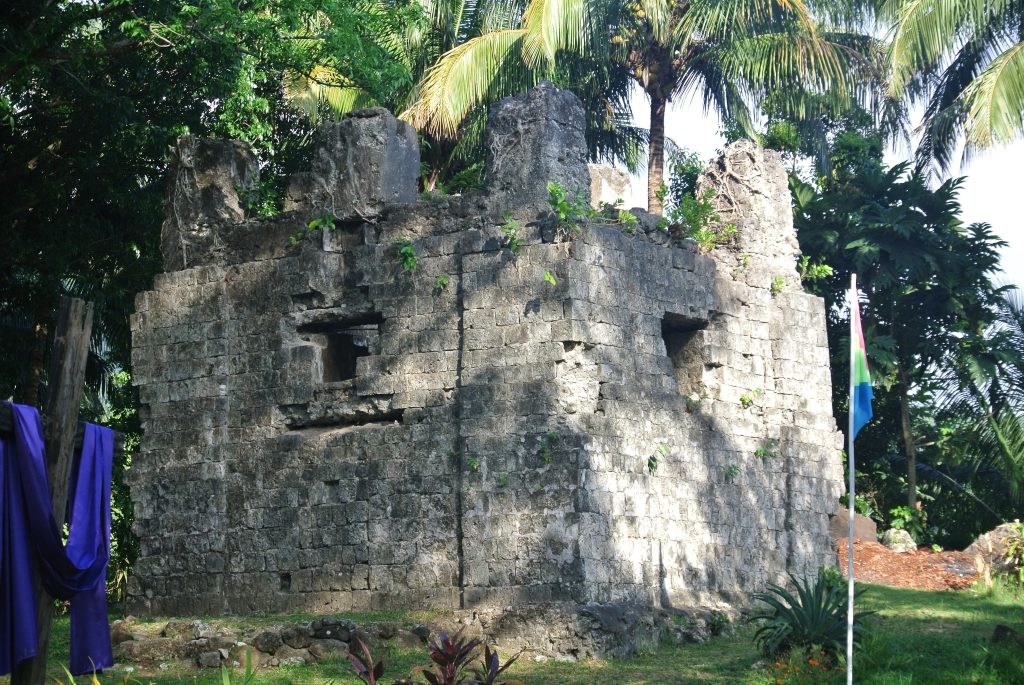
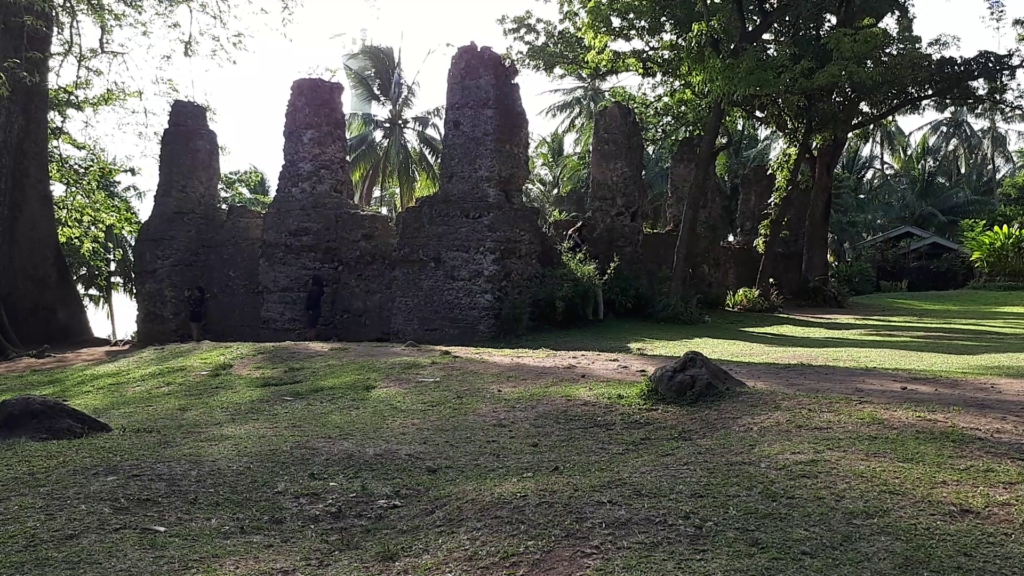
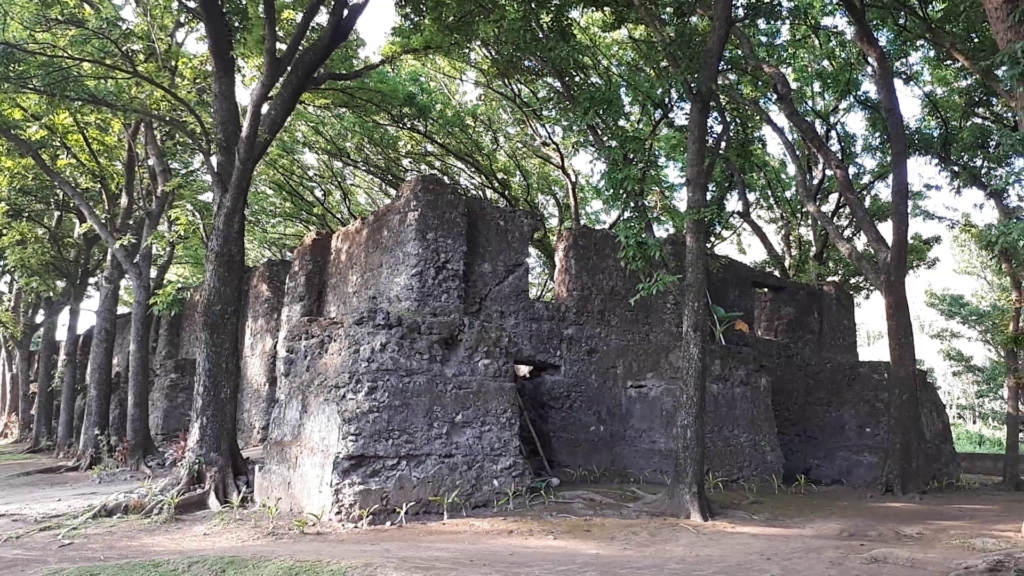
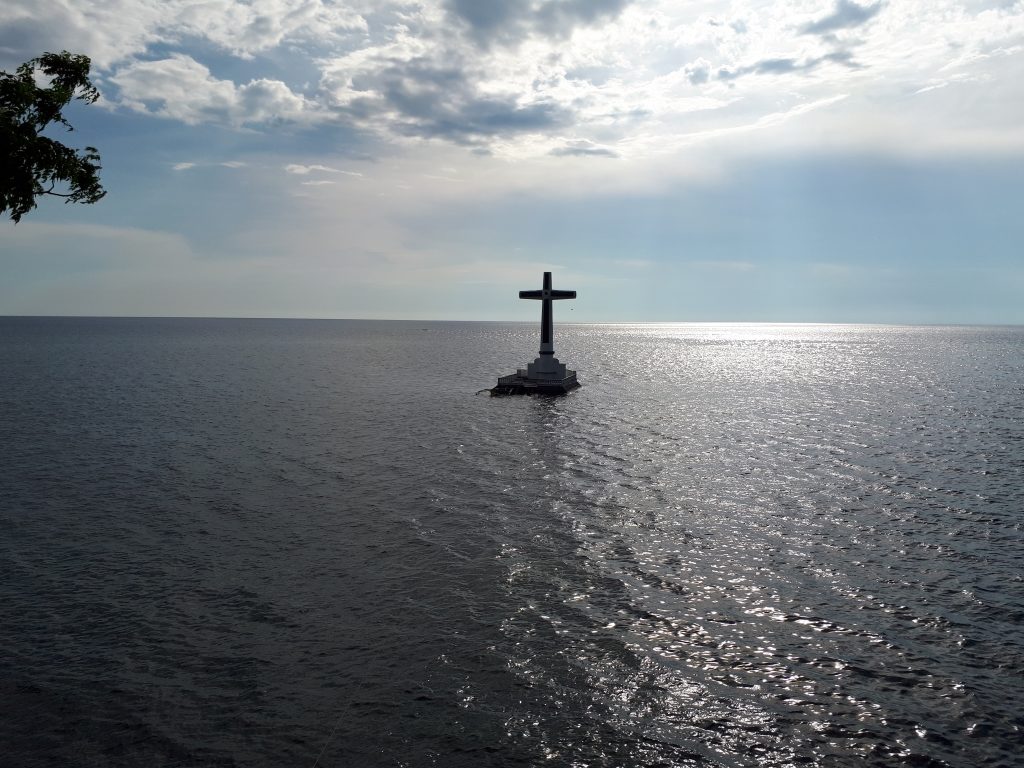
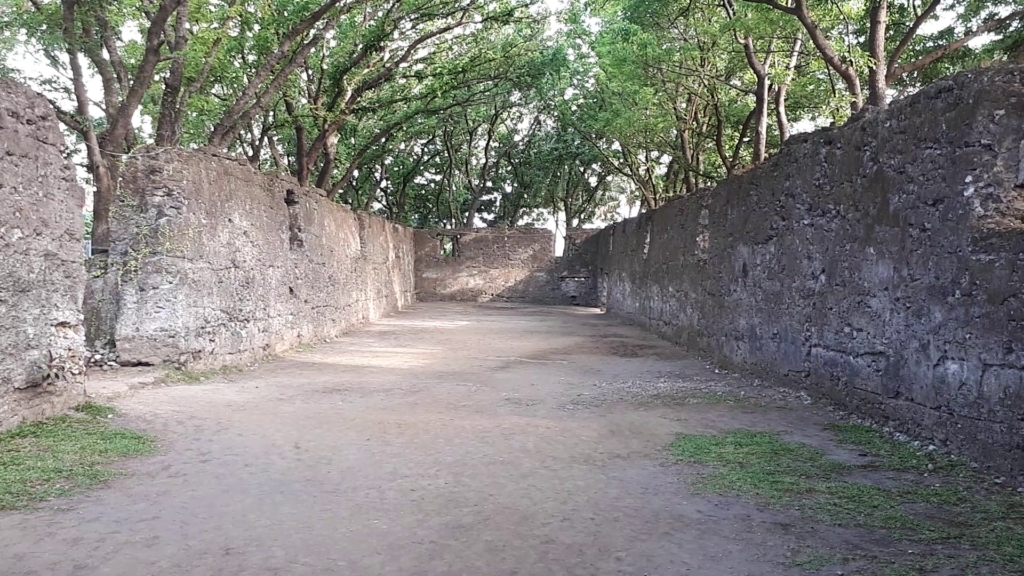
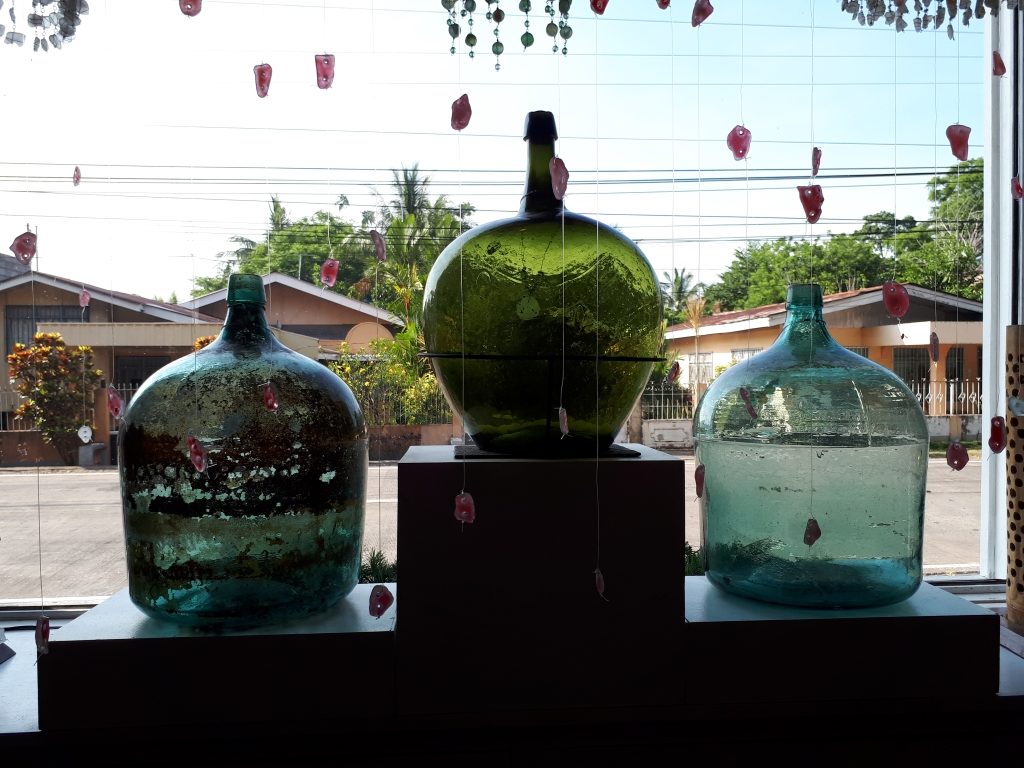
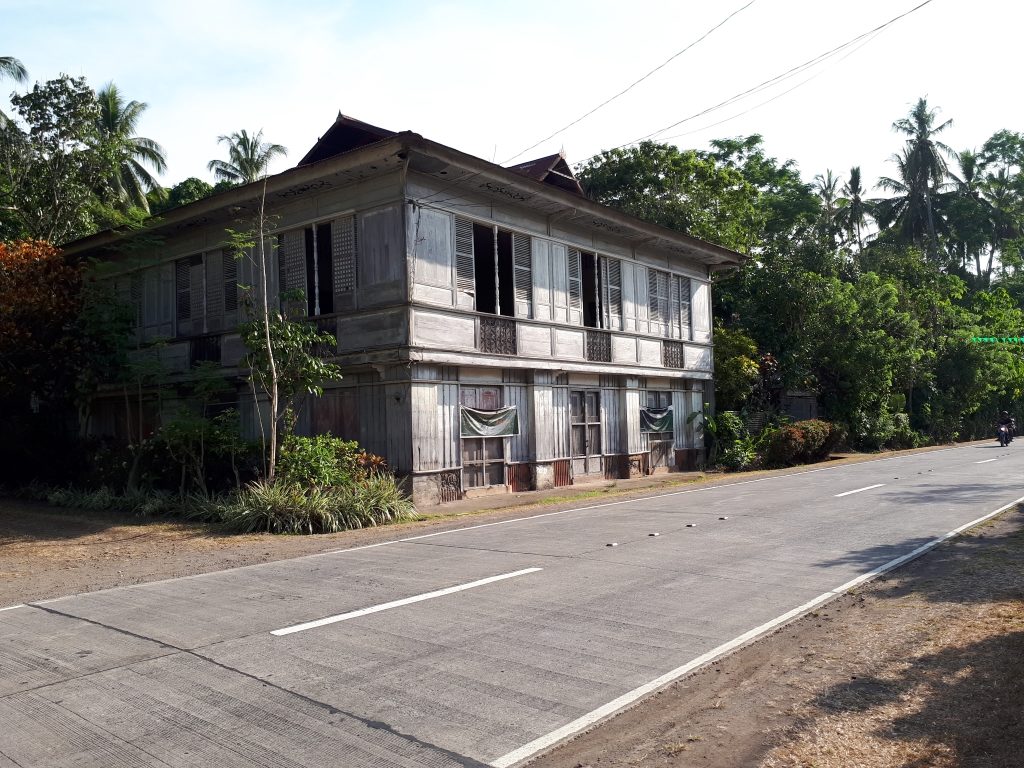

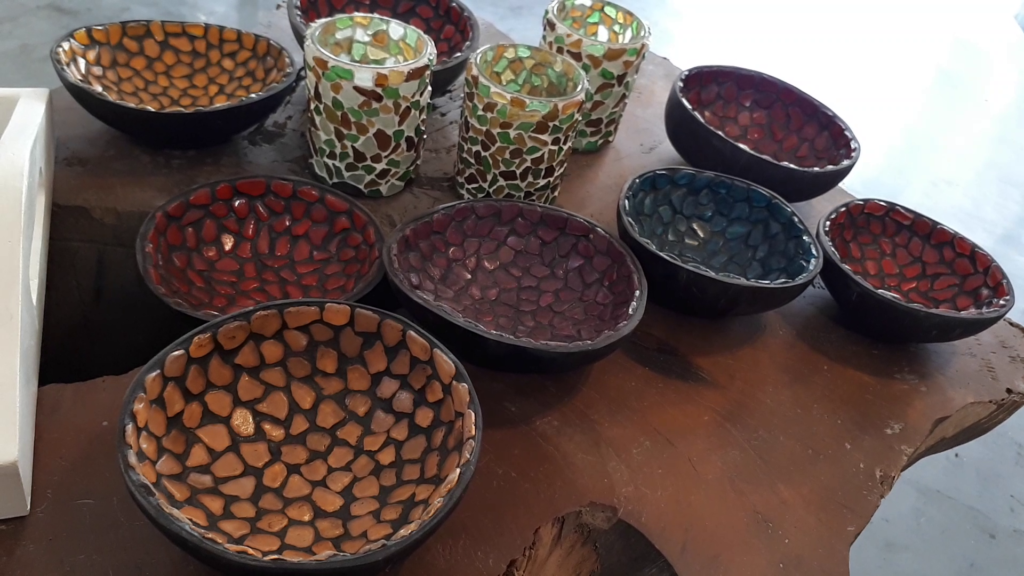
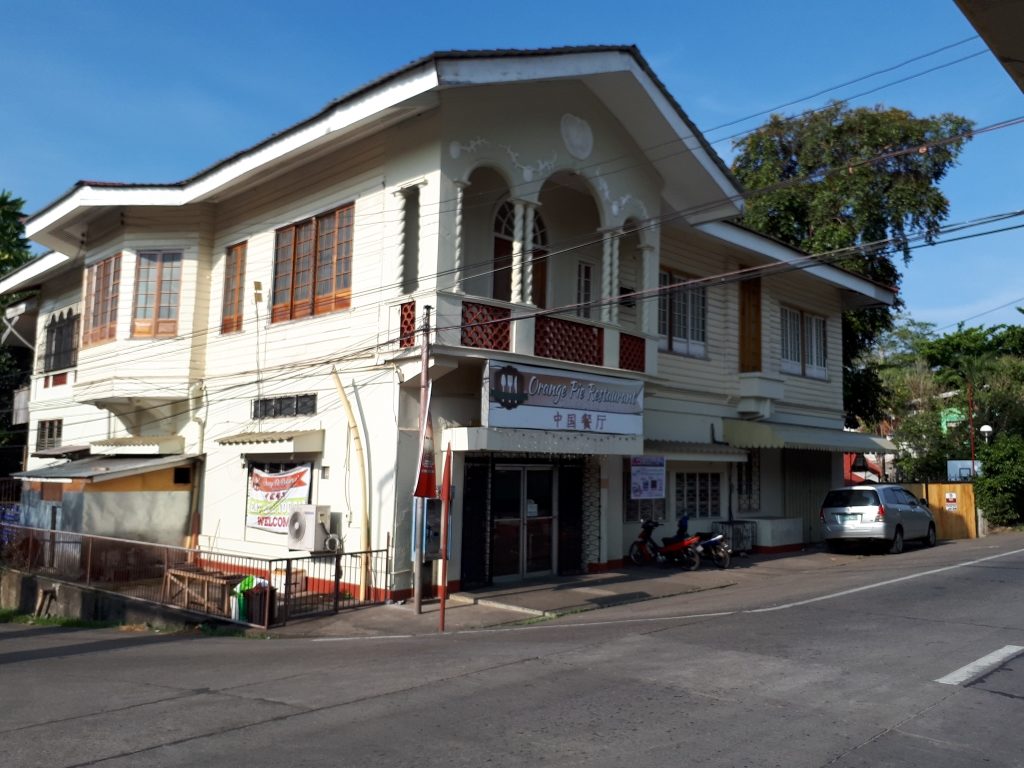
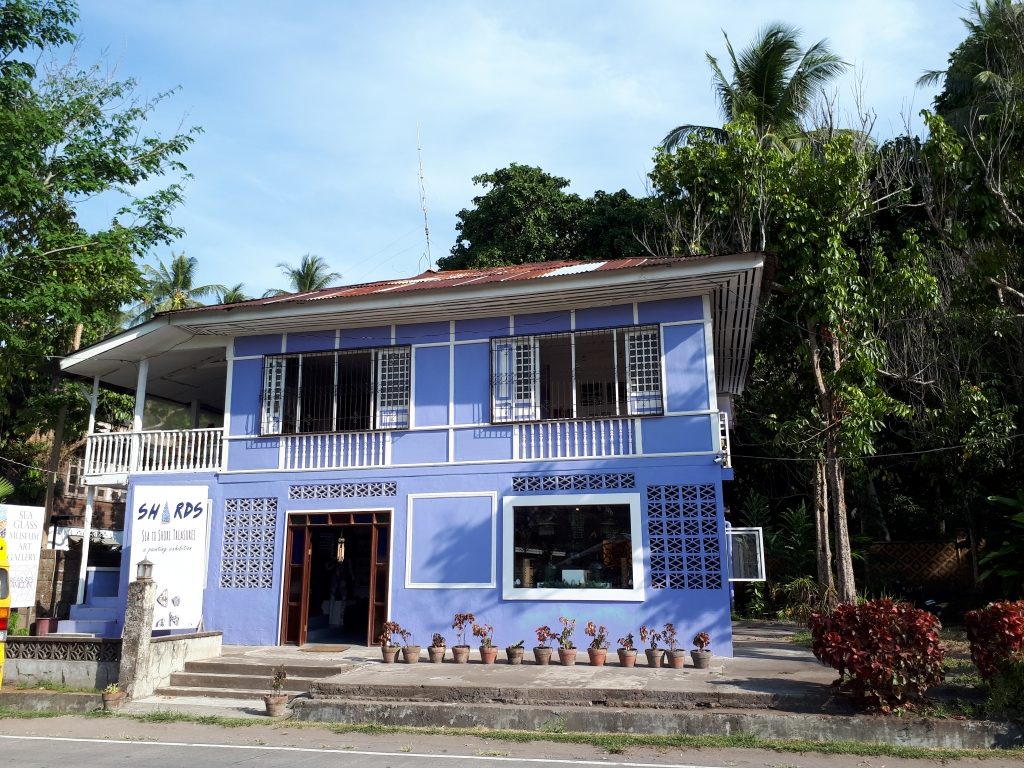
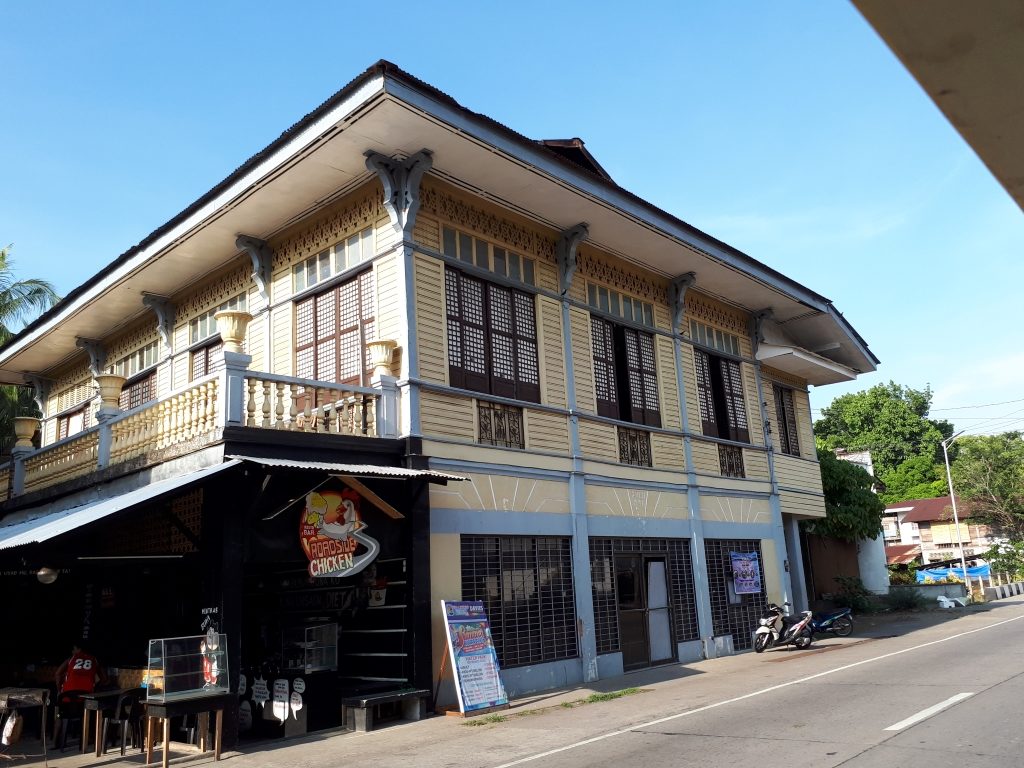
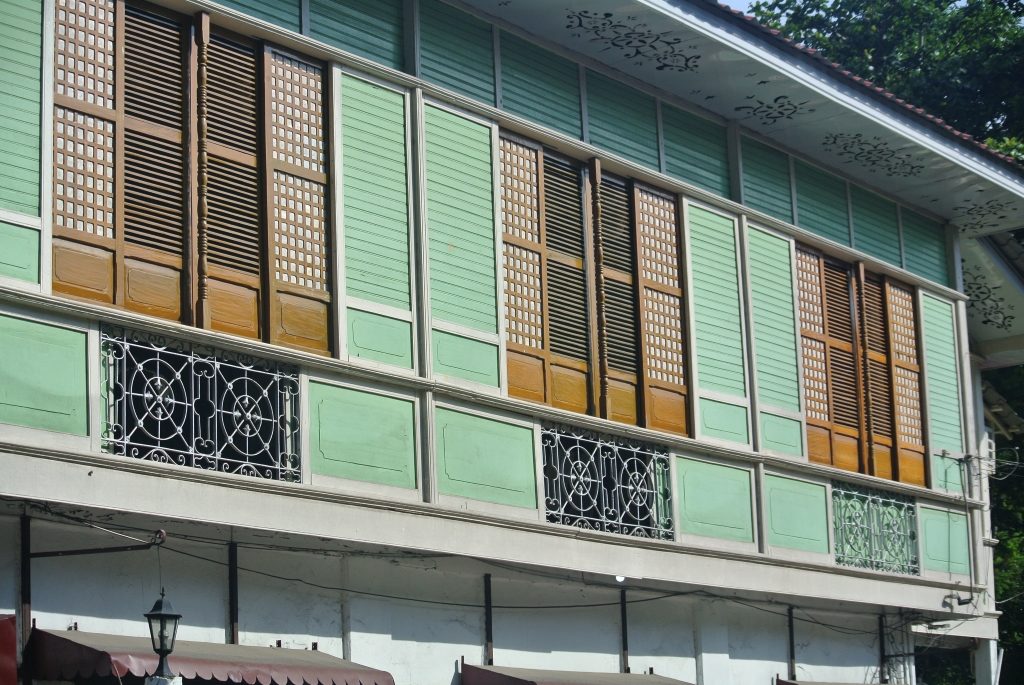
Recent Comments